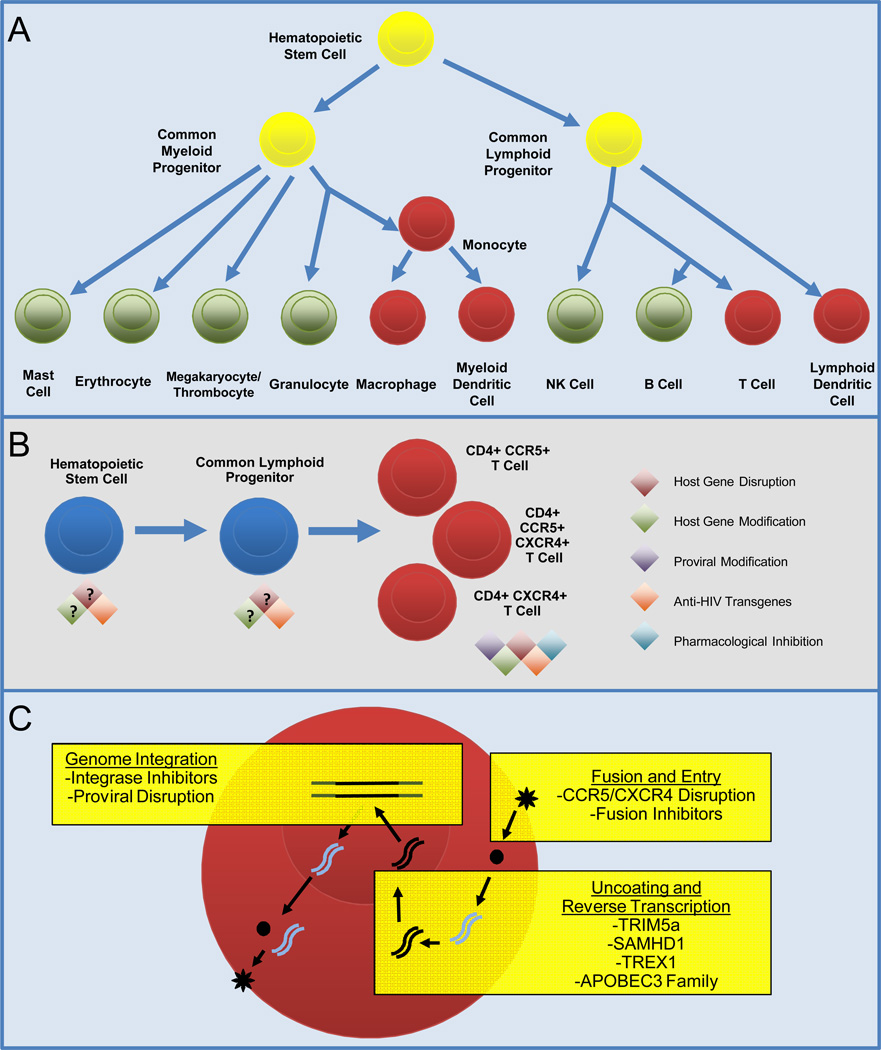Figure 1. Applicable Stages and Strategies for Gene Therapy-Based Antagonism of HIV Replication.
A) Simplified diagram of hematopoiesis, highlighting myeloid and lymphoid lineages that are susceptible to HIV infection (red), or are refractory to infection (green). Yellow: HIV infection of hematopoietic progenitors remains controversial. B) Schematic of T cell maturation, indicating applicable anti-HIV therapies at each stage of differentiation. Disruption or modification of some host genes may preferably be performed in more differentiated cells. C): Three broad access points for inhibition of HIV infection and replication. HIV entry can be blocked by disrupting HIV coreceptor genes, and/or expression of fusion inhibitors. Genetic modification of TRIM5α, SAMHD1, TREX1, or APOBEC proteins may increase antagonism of viral uncoating and reverse transcription. Pharmacological inhibition of HIV integrase, or targeted disruption of integrated provirus, eliminate or prevent establishment of the latent viral reservoir.

